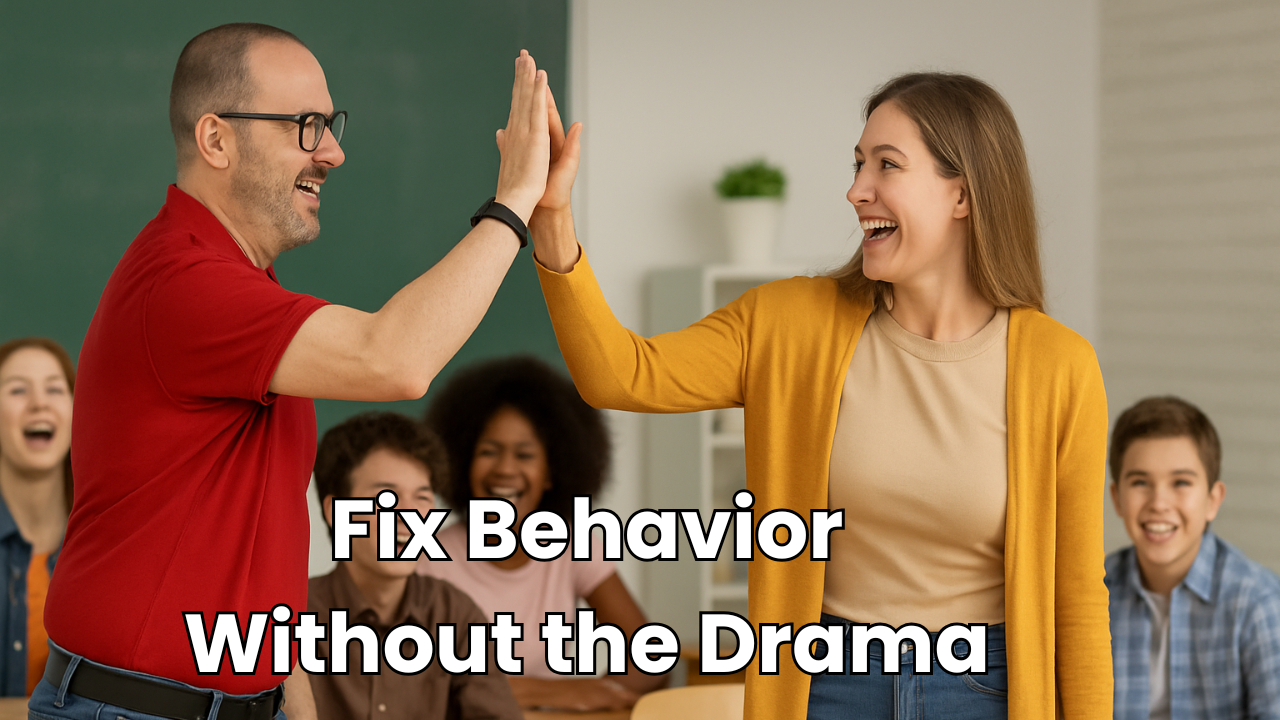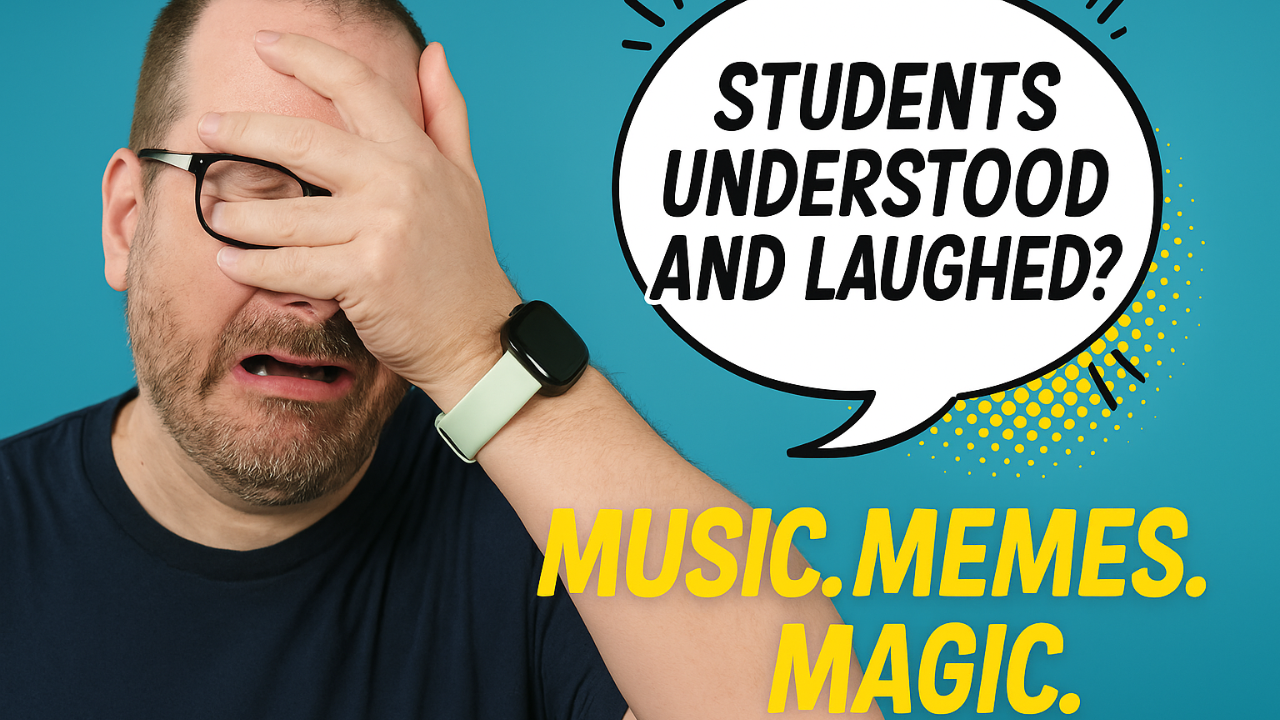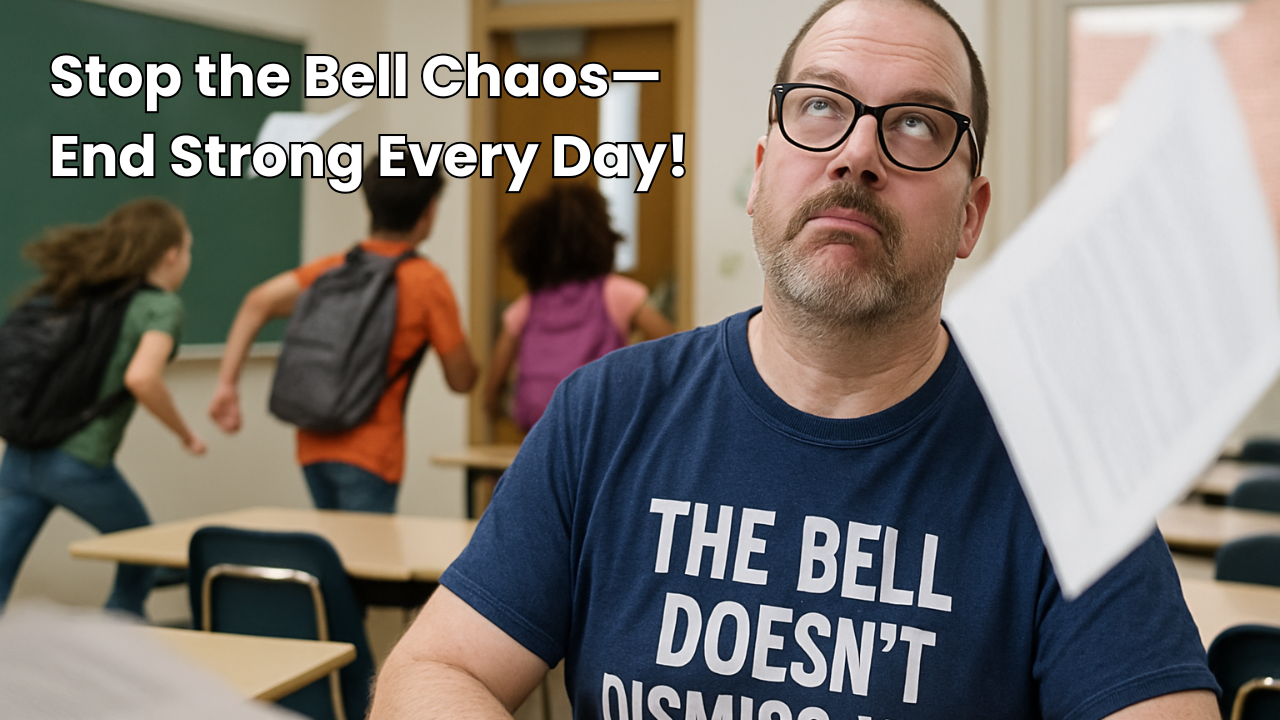
10 Advanced Picture Talk Techniques to Deepen Student Engagement
Introduction
If you’ve ever felt like your Picture Talk sessions are starting to fall flat—where students give you the same predictable one-word answers and engagement starts to dwindle—you’re not alone. Picture Talk is an incredible tool for language teachers, but if it’s used the same way every time, it can lose its magic. The good news? With just a few simple tweaks, you can take Picture Talk to the next level and get students thinking, inferring, and speaking in more meaningful ways.
In this article, we’re diving into 10 easy, advanced Picture Talk strategies that will help you push beyond basic descriptions and create richer, deeper conversations. Whether your goal is to spark curiosity, scaffold complex sentence structures, or just make the activity feel fresh again, these ideas will give you quick wins and make Picture Talk one of your students’ favorite activities.
1. Move Beyond Basic Descriptions
Let’s be real—if your students are only pointing out colors and naming objects in the picture, they’re not getting much out of Picture Talk. Describing is a great starting point, but the real magic happens when students go deeper.
Try shifting the conversation with these simple prompts:
- “What just happened before this moment?” This forces students to think in past tenses and make inferences.
- “What’s going to happen next?” Now, they’re using the future tense and predicting outcomes.
- “How would a different character describe this scene?” This encourages perspective-taking and richer vocabulary.
The goal is to get them thinking beyond what they see—because when they start imagining, inferring, and making connections, they naturally produce more language.
2. Turn Students into Detectives
Students love solving mysteries, so why not let them do that with Picture Talk? Instead of just looking at a scene, challenge them to figure out what’s really going on.
Here’s how:
- “What clues do you see that tell you how this person is feeling?” Instead of just saying “He’s happy,” students now have to justify their answer.
- “Why do you think this is happening?” Suddenly, they’re using cause-and-effect language.
- “Can you come up with two possible explanations—and one that’s a lie?” Their classmates can guess which one is false, making it a fun and interactive way to encourage deeper thinking.
By treating Picture Talk like a detective challenge, students stay engaged and are naturally drawn into the conversation.
3. Make It a Collaborative Storytelling Experience
Instead of leading the discussion all by yourself, let your students take control of the conversation. One way to do this is by having them work together to build a story around the image.
Try these interactive strategies:
- Pass the Story: One student describes an object in the picture, the next student adds an action, another student explains why it happened.
- Voting Power: Give students 2-3 different storyline options and let them vote on what happens next.
- Role Play: Assign different “roles” (one student is the narrator, another is a character in the scene, another is the “inner thoughts” of a person in the picture).
When students collaborate, they stay engaged longer—and when they feel ownership over the story, they naturally produce more complex language without even realizing it.
4. Scaffold Advanced Sentence Structures
Sometimes students want to say more but don’t know how to. That’s where scaffolding comes in! Instead of leaving them to struggle, give them the tools they need to level up their sentences.
Here’s what works:
- Sentence Stems: Give them starters like “It seems that…” or “Because of this, we can assume…” to encourage deeper responses.
- Think-Aloud Modeling: Say your thought process out loud: “Hmm, if I wanted to explain why this person looks worried, I might say…” and show them how to extend a basic sentence.
- Targeted Grammar in Context: Working on the past subjunctive? Ask, “How would this scene change if the character had made a different choice?”
Giving students a clear structure reduces hesitation and makes it easier for them to express themselves with confidence.
5. Use Real-World and Student-Selected Images
Nothing kills engagement faster than an image students don’t care about. If you want to keep them invested, let them have a say in the pictures you use!
Here’s how:
- Use pop culture images, memes, or viral moments. Students are already interested—why not tap into that motivation?
- Let students bring in or choose their own images. If they care about it, they’ll talk about it!
- Use real-world cultural images. This connects Picture Talk to history, traditions, or current events, making it more meaningful.
The key is to make Picture Talk feel fresh and relevant so that students actually want to engage.
6. Get Students Asking the Questions
Want to know the fastest way to boost engagement? Let students ask the questions instead of always answering yours.
Here’s how to flip the dynamic:
- Start by modeling a few “good” Picture Talk questions.
- Have students write their own questions based on the image.
- Let them take turns leading the discussion using their questions.
When students become question-askers instead of just answerers, they naturally stay more engaged and take more ownership over their learning.
7. Add a “What If” Element
One of the simplest ways to make Picture Talk more engaging is to add an element of imagination. What if something in the picture were different?
Try these prompts:
- “What if this were happening 100 years ago? How would it change?”
- “What if you were in this scene? What would you be doing?”
- “What if this event took place in another country? How might things look different?”
This naturally gets students using higher-order thinking skills—all while having fun.
8. Incorporate Movement
Not all students thrive in sit-and-talk activities. If you want everyone engaged, add movement!
Here’s what you can do:
- Gallery Walk: Post different images around the room and have students rotate to discuss each one.
- Act It Out: Have students recreate the scene in the image. Then, talk about what they were doing.
- Four Corners: Give students multiple-choice answers related to the image and have them physically move to a corner to “vote.”
A little movement can make a huge difference in engagement levels.
9. Create a Mini-Project Based on Picture Talk
Instead of letting the discussion end in the moment, keep it going with a simple extension activity.
Try:
- A class comic strip. Students create a comic strip explaining what happened before/after the scene.
- Writing a short script. Students turn the image into a short dialogue or skit.
- A social media post. Have students write a caption for the image as if they were posting it on Instagram.
When students apply their ideas in a creative way, they remember the language much longer.
10. Keep It Fresh by Changing Your Approach
Finally, don’t let Picture Talk become predictable! Try switching it up every few weeks by using different approaches—sometimes focusing on storytelling, sometimes making it a debate, and other times turning it into a guessing game.
By keeping it varied and exciting, students stay engaged and motivated to use the language.
Final Thoughts
Picture Talk is an incredible tool, but it works best when it’s dynamic and interactive. By tweaking your approach, asking the right questions, and giving students more ownership, you’ll see deeper thinking, stronger engagement, and way more language output.
Want to test your CI teaching skills? Take the CI Proficiency Quiz and see where you stand: https://imim.us/ciquiz.
What’s one Picture Talk strategy you’re excited to try? Let me know! 🚀
Key Takeaways
- Move beyond labeling—push students to explain, infer, and predict.
- Scaffold responses with sentence stems and structured discussions.
- Increase interaction by letting students collaborate and take ownership.
- Use real-world and culturally relevant images to boost engagement.
- Incorporate student-generated questions to make discussions more meaningful.



